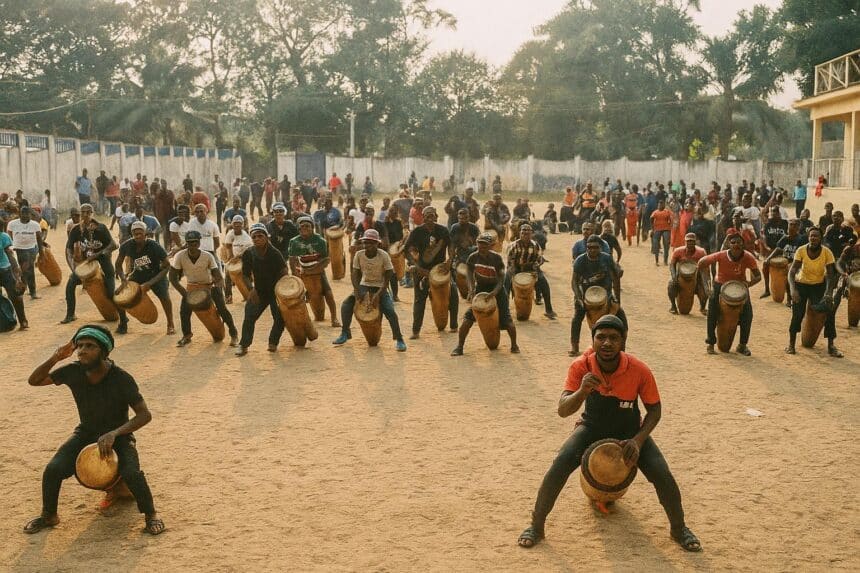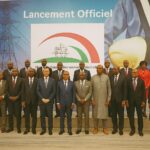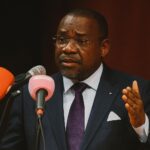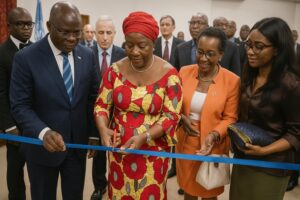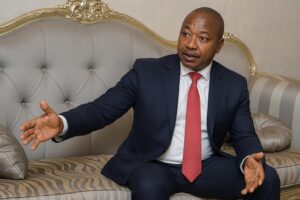A festival framed by cultural statecraft
The Pan-African Music Festival, universally known as FESPAM, returns to Brazzaville from 19 to 26 July amid heightened expectations across the African cultural sphere. Endorsed by the African Union and listed by UNESCO among Africa’s emblematic gatherings of intangible heritage, the biennial event has long served as a discreet yet potent platform for the Republic of Congo to advance a narrative of stability and creative vigor. Government sources emphasise that this twelfth edition benefits from a budgetary envelope aligned with the National Development Plan 2022-2026, reflecting an official conviction that soft power assets complement traditional diplomacy.
Ministerial reassurance and institutional continuity
Marie-France Hélène Lydie Pongault, Minister of Cultural, Artistic, Tourist Industries and Leisure, attended the dress rehearsal on 12 July and publicly voiced confidence in the artistic direction. Her presence reiterated presidential instructions that cultural industries be treated as growth sectors rather than discretionary expenditures. Observers at the rehearsal noted the minister’s nuanced references to the legal recognition of cultural professions under the 2022 Cultural Industries Act, an instrument welcomed by the International Organisation of La Francophonie for bringing Congo’s regulatory framework closer to continental norms (OIF policy brief 2023).
Tomadiatunga’s choreographic diplomacy
The creative helm rests with Franco-Congolese choreographer Gervais Tomadiatunga, whose career trajectory from the Ballets du Congo to major European stages illustrates the transnational DNA of contemporary African dance. For the opening ceremony he has assembled 211 performers out of an initial 300 candidates, curating a tableau that juxtaposes Congolese nkundi rites, Ethiopian eskista undulations and hip-hop vocabularies popular in Dakar and Johannesburg. Tomadiatunga insists the gala will be “unforgettable”, a sentiment echoed by diplomatic attachés who view the spectacle as a visual essay on pan-African cohesion.
Economic stakes behind the melodies
The official theme, “Music and Economic Stakes in Africa in the Digital Era”, resonates with current data from the World Bank estimating that the continent’s recorded-music revenue could triple to 3 billion dollars by 2030 if digital-rights administration is strengthened. Congo’s policy makers envisage FESPAM as a laboratory for such models, showcasing local streaming platforms that apply blockchain-based royalty tracking, a pilot supported by the Central African Economic and Monetary Community (CEMAC) and the African Export-Import Bank (Afreximbank).
Toward sustainable remuneration for artists
Behind the celebratory choreography lies a pragmatic conversation on remuneration. Performers consulted during rehearsals voiced concerns over timely payment, a recurrent issue across the region. Minister Pongault publicly pledged her ‘personal supervision’ of the payment process, a stance later welcomed by the Syndicate of Congolese Artists, which cited improvements since the 2021 overhaul of the Public Procurement Code. Analysts from Ernst & Young’s 2024 Creative Africa report consider predictable remuneration central to retaining talent at home, reducing the incentive for artistic migration.
Regional soft power and multilateral resonance
Beyond immediate economic aims, Brazzaville’s hosting of FESPAM plays into broader regional diplomacy. Embassies from at least 24 African states have confirmed high-level attendance, while China and Cuba are dispatching cultural delegations, underlining the festival’s function as a venue for South-South dialogue. A communique from the African Union Commission cites FESPAM’s contribution to Agenda 2063’s aspiration of ‘an Africa with a strong cultural identity, common heritage and shared values’. In this sense, the Republic of Congo positions itself as both custodian and convener, advancing a continental agenda that blends heritage preservation with innovation.
Expectations for opening night
With the orchestra pit now aligned, costumes finalised and digital light rigs calibrated, anticipation is mounting across Brazzaville’s riverfront. Hoteliers report occupancy rates exceeding 85 percent, while the Civil Aviation Agency has authorised additional evening slots to accommodate charter flights bearing delegations and international press. For many observers the true measure of success will lie not merely in the choreography’s virtuosity but in the post-festival legacy: strengthened intellectual-property regimes, expanded regional touring circuits and an invigorated cultural-industry workforce. Should these ambitions materialise, the twelfth FESPAM could stand as a reference point in Africa’s ongoing effort to translate artistic excellence into sustainable development.

